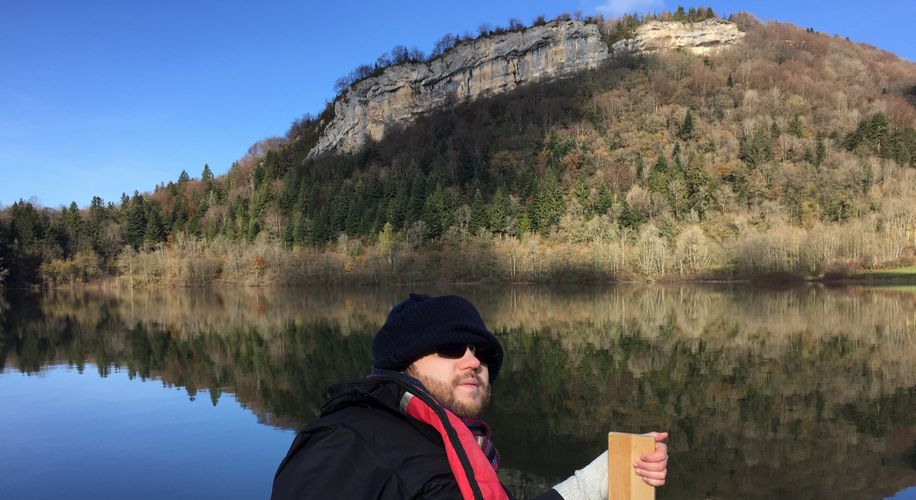THE VILLARDS OF HERIA (39) OCCUPATION OF THE TERRITORY, CONTINUITY and EVOLUTION
The shrines of Villards-d’Héria are places of worship of sources, as John SCHEID qualifies. Their operations are intimately linked by the water of Lake Antre supplied by numerous air jordan 3 black cement reimagined springs, the outlet of which is a karst fault. Water circulates in the basement to flow a kilometer further and 100 meters of drop in altitude to the “Roman well” in the center of the sanctuary of the Pont des Arches, where water is sacred.
Located at altitude, as is the Hochscheid site (D), the VILLARDS site poses the problem of its frequentation and occupation, its abandonment air jordan 31 xxx1 and its destruction. For his territorial expansion Yeezy Gap Engineered by Balenciaga Dove 3/4 Sleeve Tee Black , adidas truechill sneakers girls , Cheap Turismo Jordan, Dunod de Charnage saw it as a city the size of Dole. For the duration of occupation, the analysis of currencies gives an occupation of ‐50 to 380 AD. The presence of a fragment of the Gallic calendar on the shores of Lac d’Antre, identical in content to the “Coligny calendar”, suggests an older cult. The palynology studied on sediment cores taken from the lake in 2007 presents a pollen index of anthropization from the Neolithic period, which increased regularly until the Gallo ‐ Roman period.
BACKGROUND AND OBJECTIVES
This PCR takes its initiative in the recent work carried out (2008 Nouvel et alii, 2017 Raspail, 2017, Grebot, 2018 Raspail, 2018 Grebot) and have enabled progress to be made on several issues. However, this work has also brought to light many questions that deserve to be deepened for a better understanding of this site and its environment.
The objective of this PCR is to explore these avenues. The results could contribute to two development projects:
at. In situ interpretation center project;
b. enhancement of collections in the permanent exhibitions of the future Lons museum.
Before implementing such a reflection, the major objective of the project is to advance in the understanding of each site and their interaction. To do this there is an important work of inventory of existing data, already started in previous studies, and the acquisition of
new data. The project indeed plans to complete the bibliographic elements and to list all the available field data, to make an inventory of the sites and more particularly to establish the sanitary state of the lower sanctuary (qualitative state of the lapidary Adidas Adilette Bonega W , adidas Jacket - HY7242 , Ida-stepShops etc.), of
carry out an exhaustive study of the furniture and finally, carry out extensive prospecting in order to better understand the environment
The project plans to complete the bibliographic elements (Pierre NOUVEL, PCR 2007, Rémy GREBOT, Lac d’Antre 2017), to inventory the available field data, to carry out an exhaustive study of the furniture, to carry out extensive prospecting in order to to better understand the environment.
